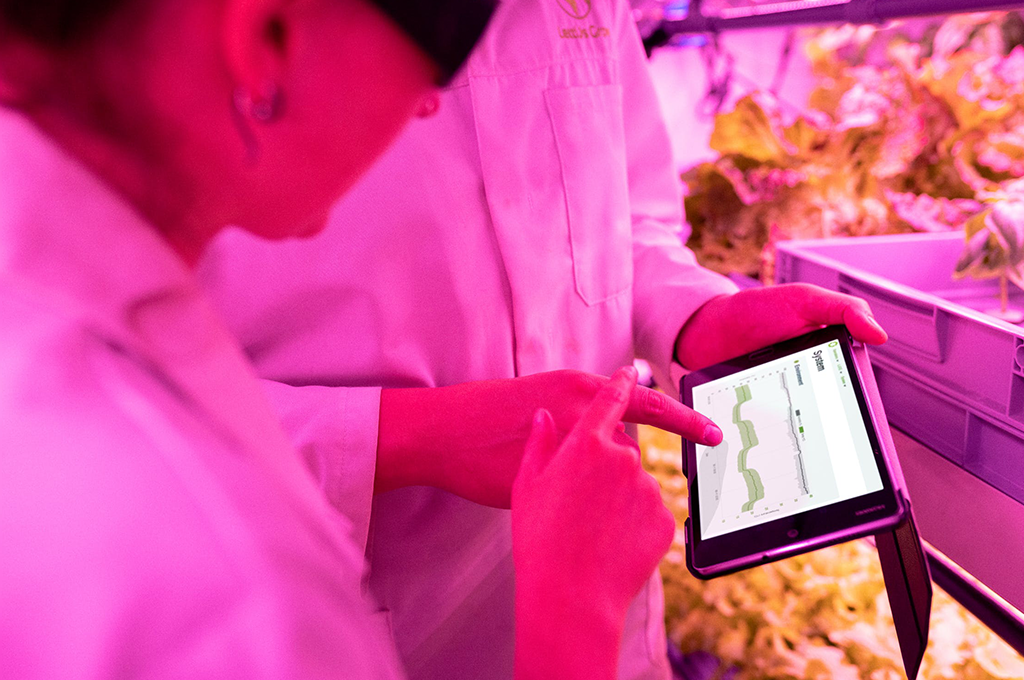Who said (only) crisis: agile methodologies, the opportunity for transformation
Demands go up, resources go down, change even change. How to flow in such a volatile market: with an agile organization, tailored to any project and any client.
"What really matters in life is not the goals we set for ourselves, but the paths we follow to achieve them." Peter Bamm.
Nothing will be the same, they say. But that does not mean that some things can become better, for example the reorganization of working methods to adapt quickly when in just months we will see transformations that required polish.
Like other management trends, Agile Methodologies (AM) were already working, they accelerated their implementation, but from the covid-19 promise a jump in scale because the operational agility It will be a lifesaver in a market that, if it was already demanding, will be much more so in terms of availability, pamper the customer and impeccable delivery of the contracted product.
That is its objective: to implant a collaborative work system, flexible, that adapts to the particular demands of any project throughout its development, therefore with a more efficient and productive response than the traditional or cascade organization.

scrum, kanban, the combination of both, scrumban, and Extreme Programming (XP) are some of the most frequent MAs, each one focused on specific objectives and applicable depending on the technological and organizational maturity of the company. However, they share common functions such as organize the development of products and projects in progressive phases, with clear tasks assigned to each member of the development team, the expert coordination of a product owner and the step-by-step review of results to strictly meet the objectives.
This constant communication with the client is one of its differential strengths compared to other work models. The MA allows their participation at each stage, involves their knowledge and experience to optimize development and meet your expectations. If applied correctly, the consequence seems natural: a satisfied customer, loyal, with whom a solid bond of trust has been established through shared work. You have the certainty of being understood, and you share responsibility for key decisions and possible changes in criteria.
In fact, that same benefit can be projected onto the development team itself. All members negotiate and accept deadlines and assigned tasks, know the progress of the joint project and are in coordination constant. This proximity fosters personal involvement, a sense of teamwork and motivation that is especially valuable in times of uncertainty and greater pressure.
Structuring the development of a product -for example a technological application, a device...- in consecutive phases and with partial deliveries allows to shorten deadlines because progress is safe, solves problems and responds to dilemmas as they arise or applies readjustments with the approval of the customer. Namely, the model does not wait for the end of the process to check the functionality and qualities of the product -especially those that add more value-, when a serious error located a posteriori can destroy deadlines, costs and the good relationship with a strategic client.
In times of crisis, second chances either do not exist or are not appropriate.

